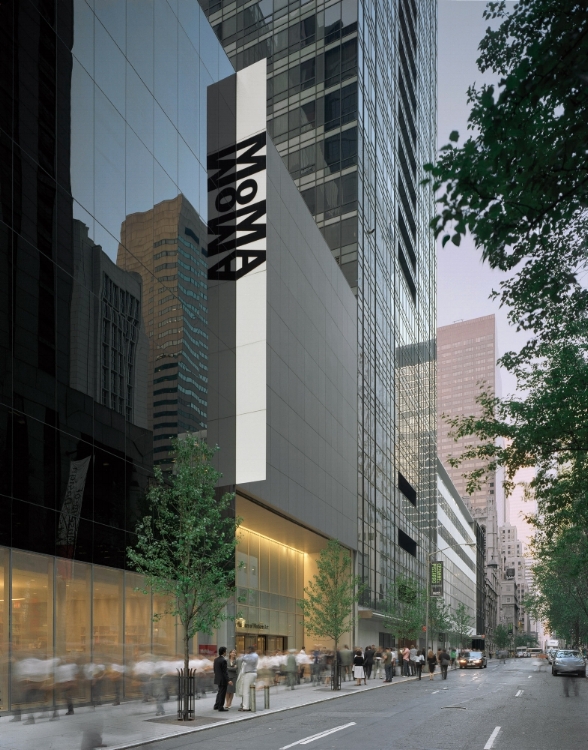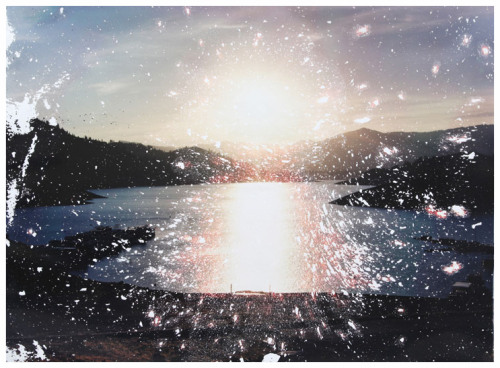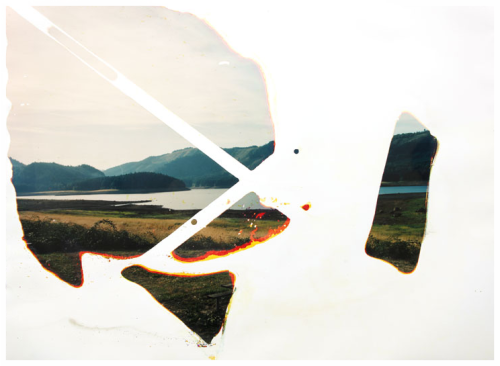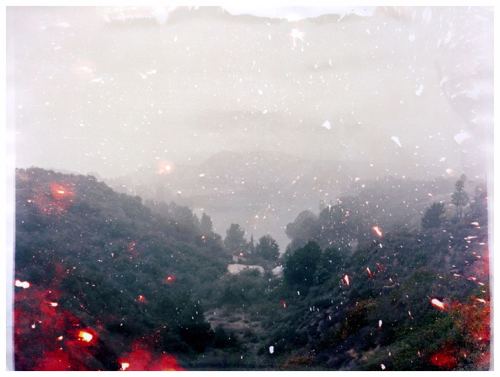One such readymade, Empty Shoebox (1993), is simply that. A plain, white, unadorned and unlabeled shoebox, sitting in its lid, open and on the floor. Perhaps the exhibition’s most innocuous object, the shoebox provoked more simultaneous ire and admiration than any other piece in the show. MoMA is not a free museum, it charges admission, and nothing enrages people more than the belief that they have paid for something that did not deliver, or perhaps, did not exist in the first place. Something that is unchallenging, in effect, something that is ordinary. I understand, I too have been “victim” to artwork and exhibitions that appear to me to be an utter waste; a waste of time, resources, and ultimately attention. I have walked out of shows wondering what it was I was supposed to come away with, wondering what the actual point was.
Before I had learned anything about Orozco and his work, I likely would have felt the same bewilderment and disappointment at this unremarkable object placed within a context that insists all of its objects are extraordinary. In studying Orozco, I came to understand that the object, this shoebox, was not the actual artwork. The shoebox served as a vehicle for the concept of the artwork. On view here in Orozco’s retrospective is his concept, which is to say that the shoebox is not art, in and of itself. The shoebox serves to highlight the tension between viewed and viewer. We often walk into galleries and museums expecting to see ancient artifacts encased in glass, so precious that even a breath from our pedestrian mouths might serve to destroy the piece ever after. The shoebox is exactly that ancient artifact’s opposite. In fact, in a number of lectures given and conversations had, Orozco has stated that the shoebox’s purpose is to create confusion, to be picked up and puzzled over, to be moved, to be kicked across the room, to be ignored. Its rather obvious placement in a gallery in MoMA makes it impossible to ignore–really, what the hell is that thing doing there, is this a joke?
This is all very well and good, but to get to the point, I kicked the shoebox.
As a kid I was taught the “One Finger Rule”. My parents assumed that if I touched something with one finger I could not break it. When we went to museums or other people’s homes or stores, any place a kid could cause destruction, my sister and I would be sternly informed that the “One Finger Rule” was in effect and if we disobeyed, we would suffer consequences. Needless to say, I often disobeyed. Fast forward many years later, I still disobey. I am an adult with a very serious touching-that-thing-there-in-front-of-me-that-I-should-not-touch problem. I am the reason that museums and galleries employ those implacable, immovable guards. I should point out that I am well aware of the damage that can be caused by touching–chemical reactions caused by the oils of a fingerprint, microscopic shifts in pigment caused by a deliberate breath of air, aura removed by my brazen refusal to give the artwork its space–and of course, I care. My career in the art world has also taught me how to flout the rules safely (if, indeed, such a thing can exist). I know better, but I know how to do it right.
Back to the shoebox.











